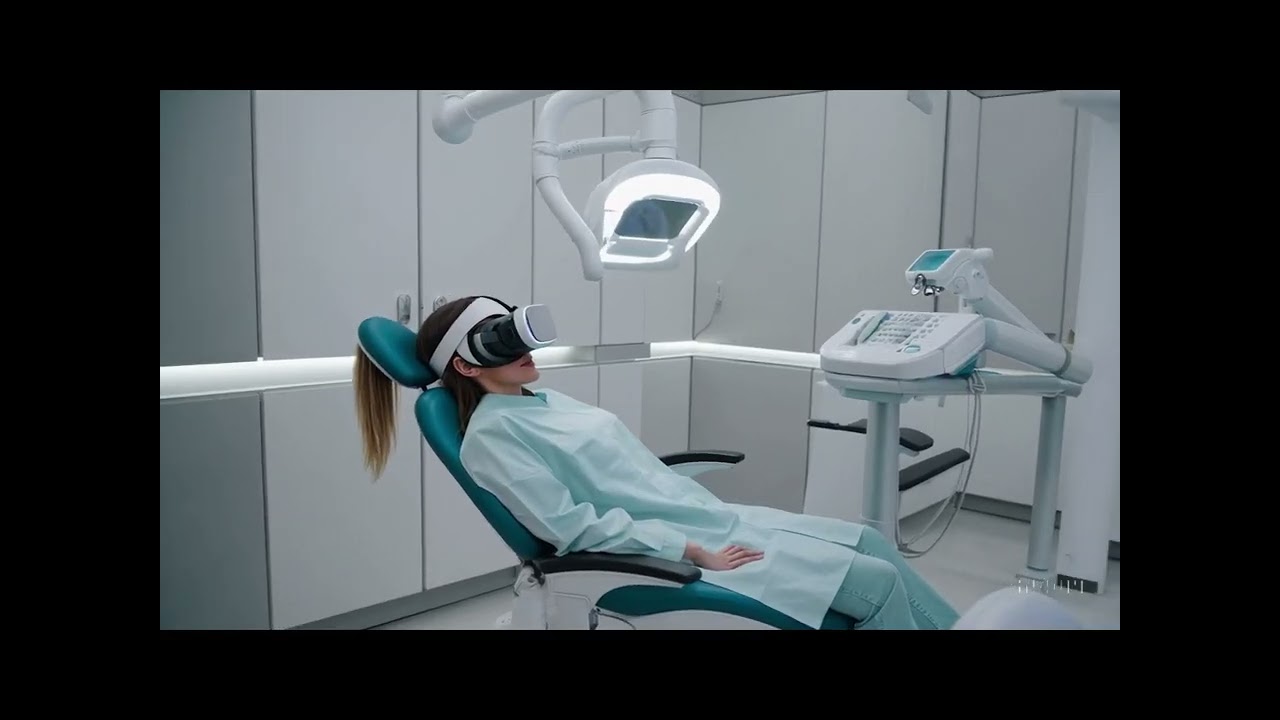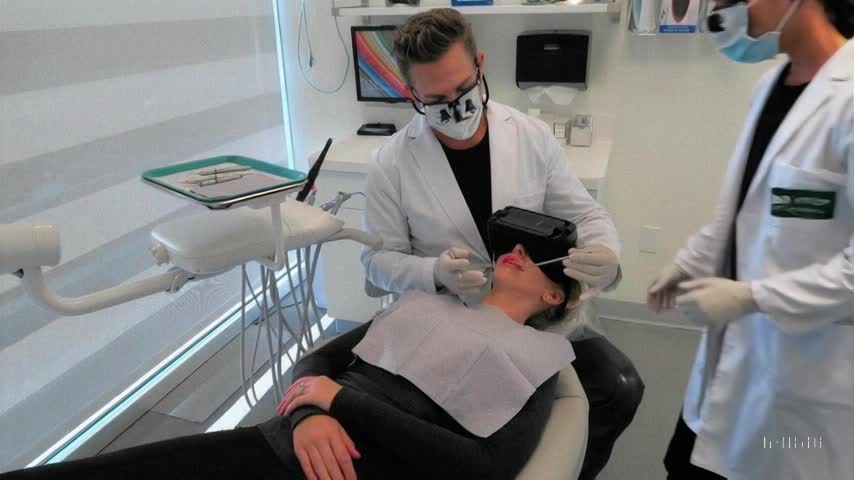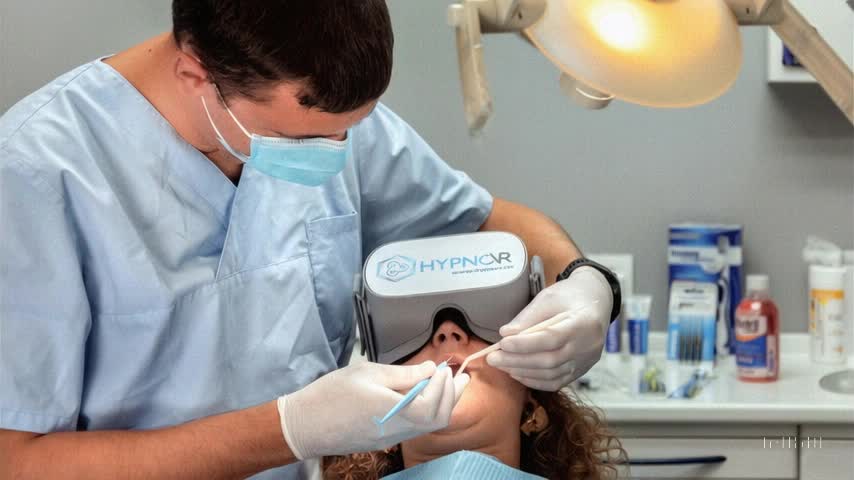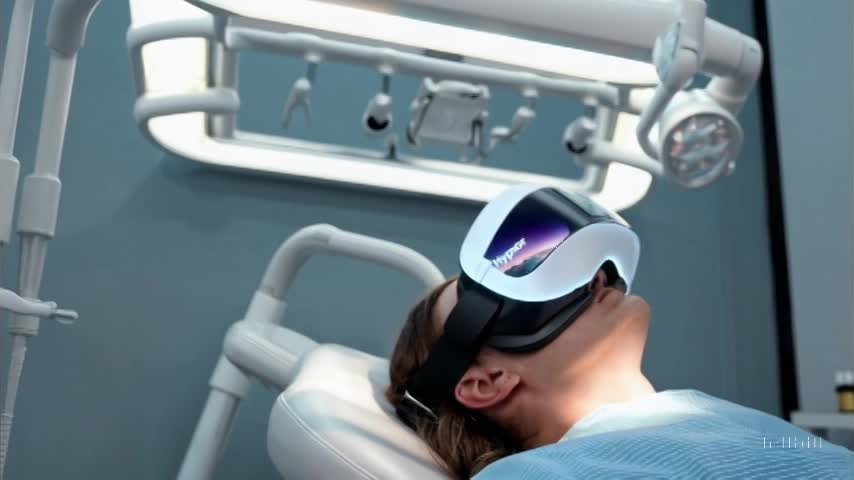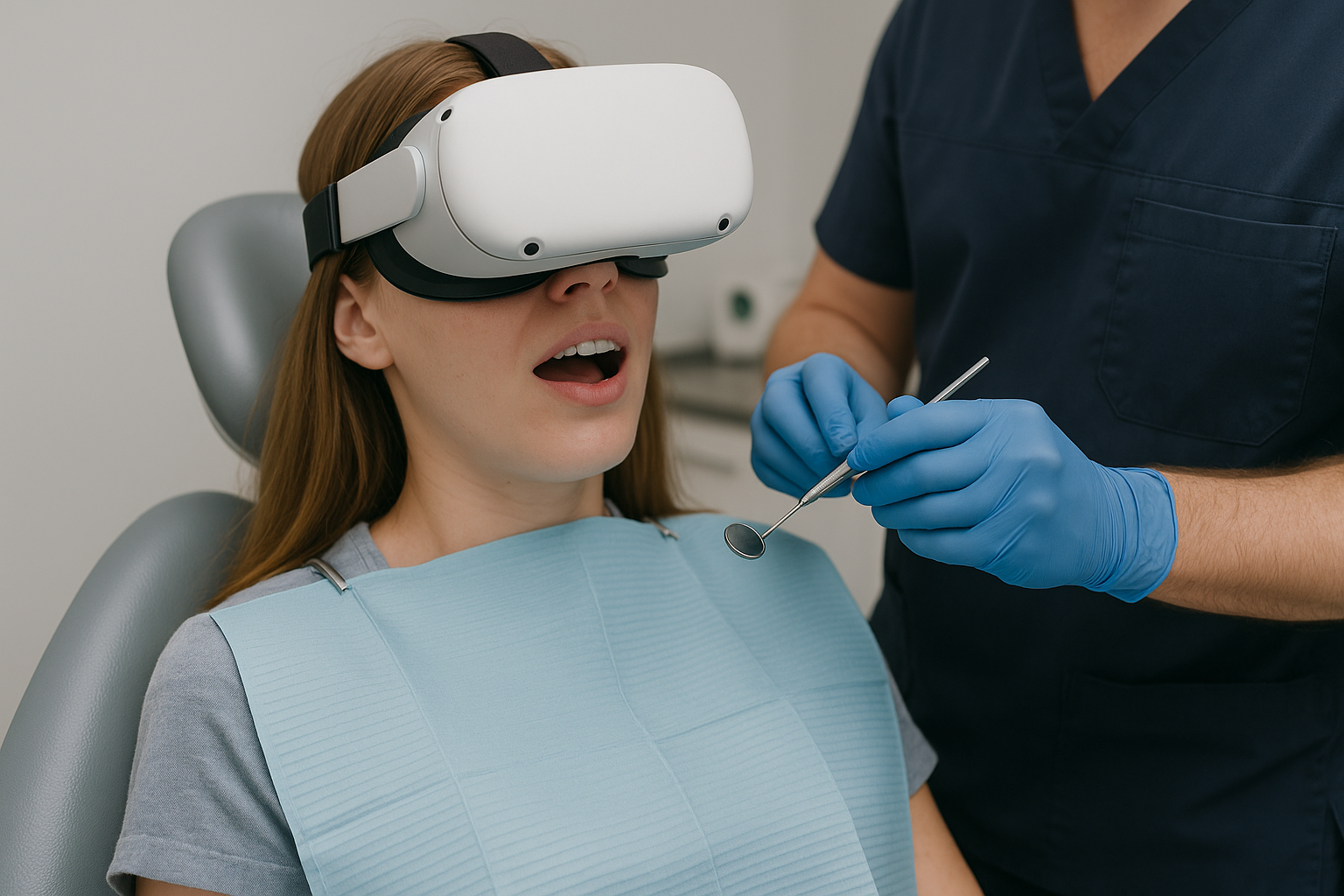
🎯 הגיע הזמן להיות ראשונים!
הטכנולוגיה שכבשה מרפאות שיניים בעולם – נחתה עכשיו בישראל!
הצטרפו למהפכה והציעו למטופלים שלכם טיפול מהדור הבא: חדשני, מרגיע ומעניק חוויה שלא שוכחים.
✅ למה זה עובד? היתרונות הקליניים מדברים בעד עצמם:🔹 מנטרלים את הפחד – המטופלים נכנסים למצב של רוגע עמוק תוך דקות, ומשאירים את החרדה מחוץ לדלת.
🔹 משתפים פעולה בטיפול – כשהמטופל נינוח, הוא לא מתנגד, לא נרתע – והכול מתבצע בקלות.
🔹 מקצרים את זמן הטיפול – פחות עצירות, פחות מתח – יותר עבודה נקייה ויעילה.
🔹 הופכים לקוחות לממליצים נאמנים – מי שירגיש אחרת אצלכם, לא רק שיחזור – אלא גם יביא איתו את כל מי שחרד מהרופא.
📦 מה מקבלים? כל מה שצריך לחוויה מלאה, מוכנה לעבודה:✔️ משקפי מציאות מדומה מותקנים מראש
✔️ תוכן עשיר: מדיטציות, טבע, מוזיקה, ריחות – לבחירתכם
✔️ מותאם לכל גיל – ילדים, מבוגרים וקשישים
✔️ מנוי לשנה עם עדכונים ותמיכה
✔️ אין צורך באינטרנט או טלפון – פשוט להפעיל ולהירגע
(כולל החומרה, התוכנה והמנוי המלא לשנה)
רוצים להמשיך גם אחרי שנה? פשוט מחדשים את המנוי לפי הצורך.
📞 אל תחכו שהמתחרים יעשו את זה לפניכם!
בואו להיות מהקליניקות הראשונות בישראל שמשנות את חוויית הטיפול מהיסוד.להצעת מחיר, הדגמה או רכישה – דברו איתנו עוד היום.
העתיד כבר כאן. השאלה היא – האם אתם תהיו שם?
